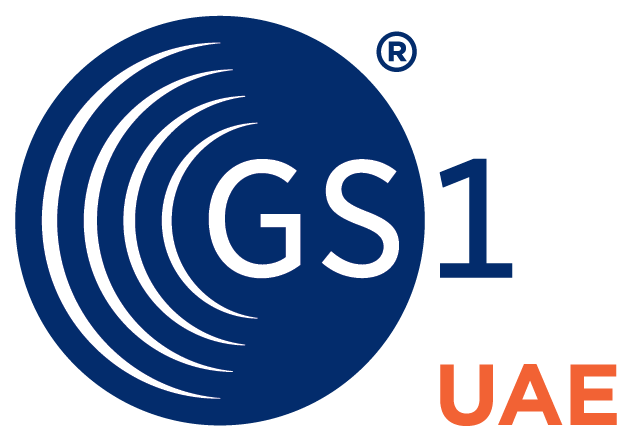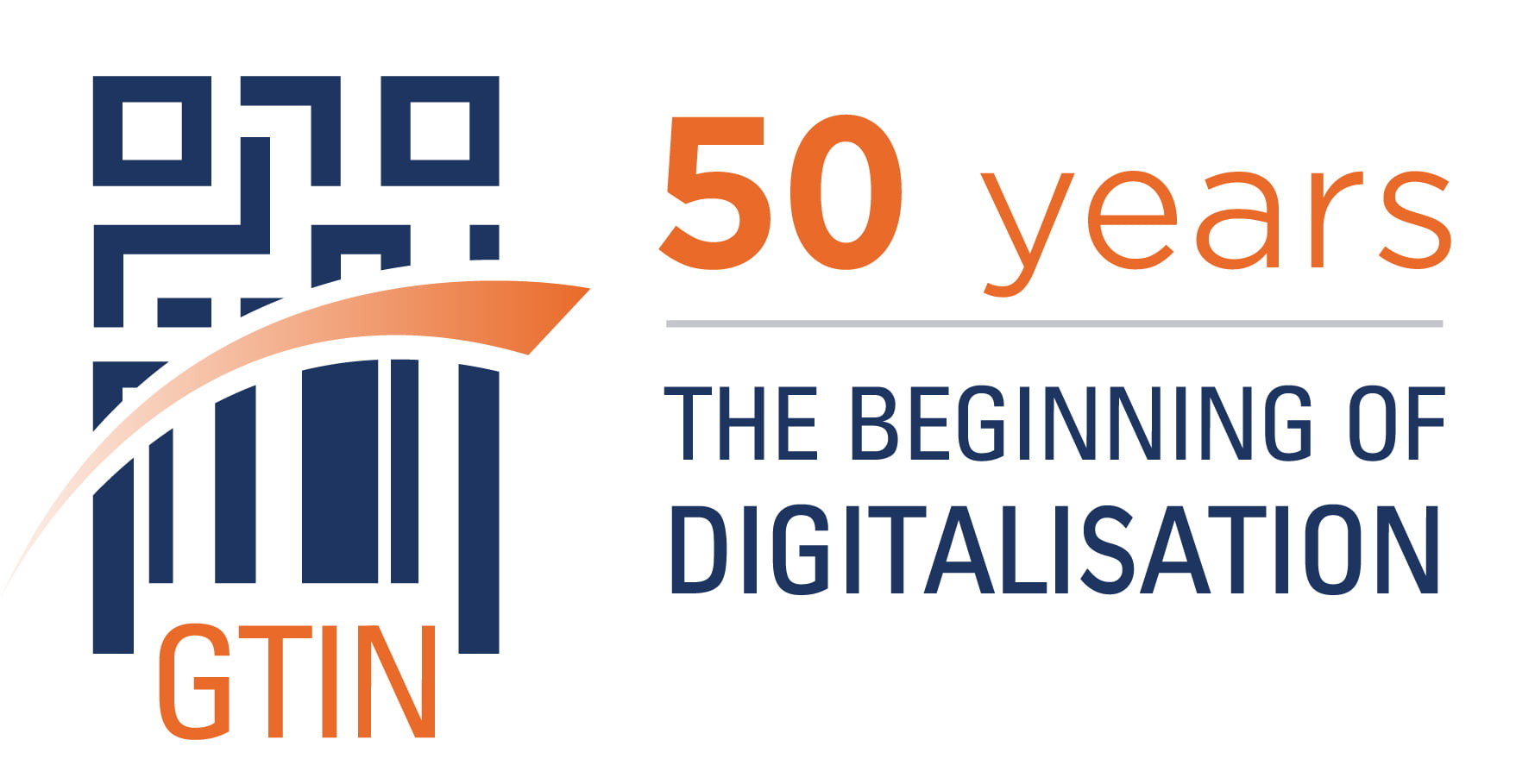50 years ago, on 31 March 1971, the modern economy was born. That sounds like hyperbole, but that was the day when leaders from the biggest names in commerce came together and developed the Global Trade Item Number, known as the “GTIN”.
The GTIN is the number behind the barcode, the most important supply chain standard in history. Today, the barcode is scanned over six billion times every day and remains one of the most trusted symbols in the world.
It is no exaggeration to say that the development of the GTIN set the stage for global, digitalised commerce. This really is one of the great, untold stories in the history of international business, a remarkable coming together of fierce competitors to solve real business challenges.
GS1 recently spoke with one of the protagonists behind this historic milestone. Tom Brady, an engineer who developed and installed the scanner system used at Marsh Supermarket to scan the first barcode with GTIN in 1974, told us: “From the visionary meetings of the founders of GS1 to the first scan at Marsh Supermarket, the early 1970s were enormously exciting and challenging. I am honoured to have been a part of something so beneficial to our world, seeing companies joining forces and allying for the common good. Now it is time for a new generation of industry leaders to come up with new forms of standards that will have the power to transform business for the next fifty years”.
We couldn’t agree more with that sentiment: at GS1, we are proud to celebrate this significant milestone – but we do so not to look back, but to look forward.
We take this moment to call on businesses to collaborate once again, now to meet the needs of the 21st century economy. Businesses need to address new consumer needs, and industry must find ways to rapidly deploy and implement new technologies, including data-rich, next-generation barcodes.
GS1 standards such as the barcode continue to help make the vast complexity of modern, global business flow quickly, efficiently and securely, simplifying all kinds of supply chain processes in almost every sector all around the world. However, as consumers demand more and better product information, it is time to bring barcodes to the next level.
Developments towards next generation barcodes (for example square barcodes like QR codes), which can hold vastly more information, should be used to empower consumers with trusted information and reshape global commerce for a new century. Their use, for example, can tell consumers if a product contains allergens, if it is organic, and information on its carbon footprint. Ultimately, this provides consumers with a greater level of trust and loyalty relating to the products they buy.
Half a century ago fierce competitors came together, put aside their differences and remade global commerce for the better with the development of the GTIN. We have an opportunity and a need to replicate that spirit of cooperation and leadership to meet the needs of a new century.






